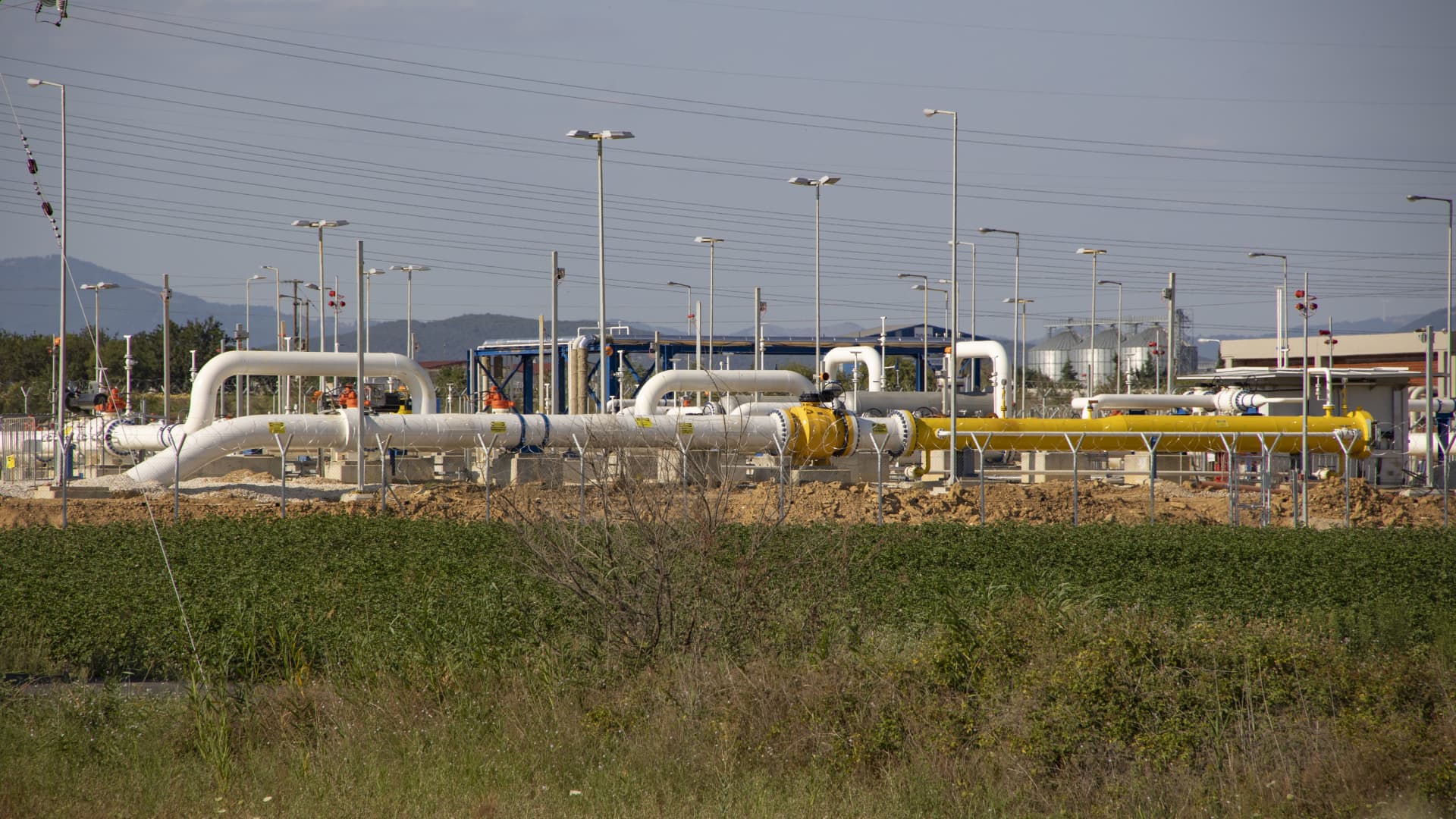A host of solutions — including blending hydrogen into natural gas infrastructure — will be needed to meet decarbonization goals, according to the CEO of Italgas.
“Recently, there has been a little bit of change in the view of the future of the energy transition,” Paolo Gallo told CNBC last week.
Referencing Covid and the war in Ukraine, the CEO of the Italian natural gas distribution company said people were realizing “that we need everything” in order to reach the target of net-zero CO2 emissions by 2050.
“It’s extremely important that all the levers that you have are used,” Gallo told CNBC’s “Squawk Box Europe.”
He stressed that using pre-existing natural gas infrastructure was “essential” in this.
“Today we are moving around natural gas, but tomorrow we will have biomethane [and] clean hydrogen that will be used to decarbonize the system,” he added.
“So it’s extremely important that the infrastructures are ready to accept different kinds of gases in [a] blending situation.”
‘Green’ hydrogen
Described by the International Energy Agency as a “versatile energy carrier,” hydrogen has a diverse range of applications and is deployed in sectors such as industry and transport.
It can be produced in a number of ways. One method includes using electrolysis, with an electric current splitting water into oxygen and hydrogen. If the electricity used in this process comes from a renewable source such as wind or solar then it is known as “green” or “renewable hydrogen.”
Currently, the vast majority of hydrogen generation is based on fossil fuels, and green hydrogen is expensive to produce.
CEOs weigh in
Gallo is not the first business leader to speak about blending hydrogen into natural gas infrastructure.
During a panel discussion moderated by CNBC’s Joumanna Bercetche earlier this year, the CEO of U.S. energy firm AES offered up his take on how hydrogen and natural gas could potentially dovetail with one another going forward.
“I feel very confident in saying that, for the next 20 years, we need natural gas,” Andrés Gluski said. “Now, what we can start to do today is … start to blend it with green hydrogen,” he added.
“So we’re running tests that you can blend it up to, say 20%, in existing turbines, and new turbines are coming out that can burn … much higher percentages,” Gluski said.
“But it’s just difficult to see that you’re going to have enough green hydrogen to substitute it like, in the next 10 years.”
Advocating the continued use of fossil fuel infrastructure is likely to spark debate and criticism, not least because of the huge impact fossil fuels have on the environment.
For his part, Italgas CEO Gallo indicated that using current natural gas infrastructure would be helpful as more renewable energy sources come online.
“In particular, you need infrastructures that are able to balance the rigidity of … renewables,” he said.
“The more renewables you put in the system, and the more [the] system is becoming rigid, you need something else to give the flexibility back to the system, to match demand and offer,” Gallo added.
“And that is provided by gas infrastructure.”
